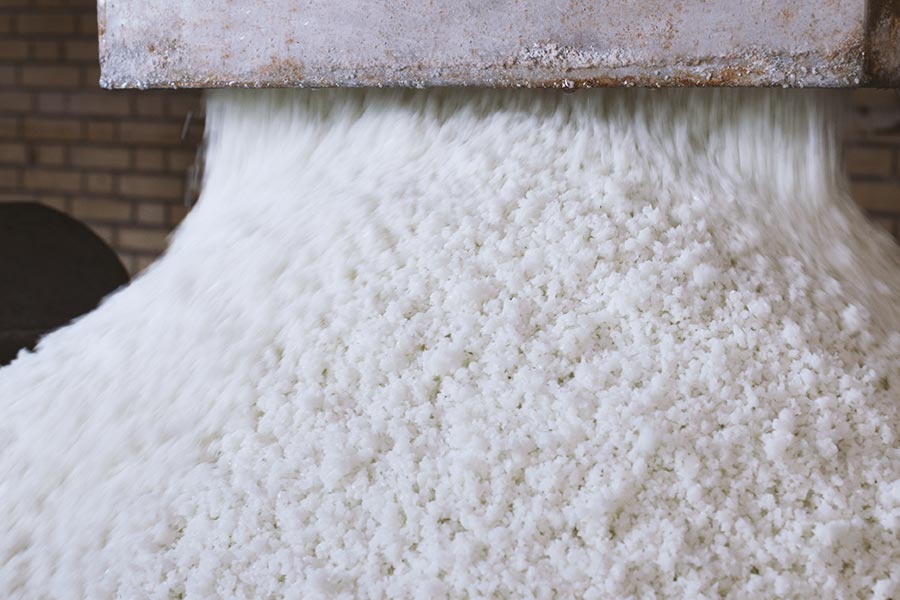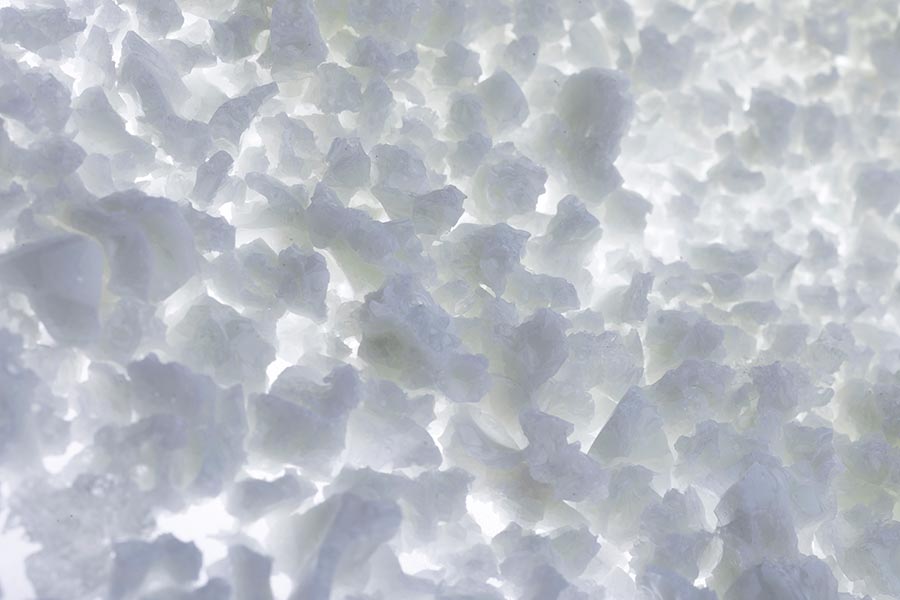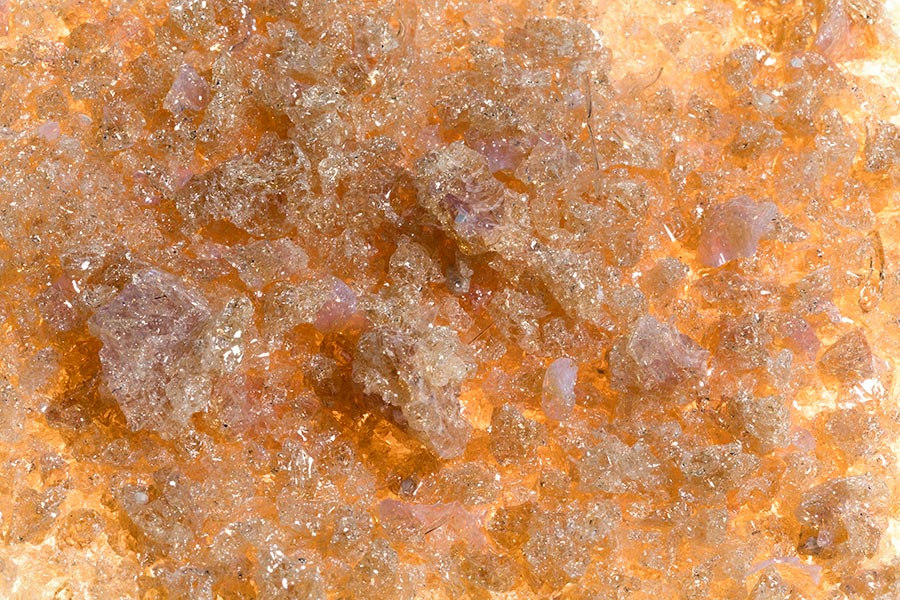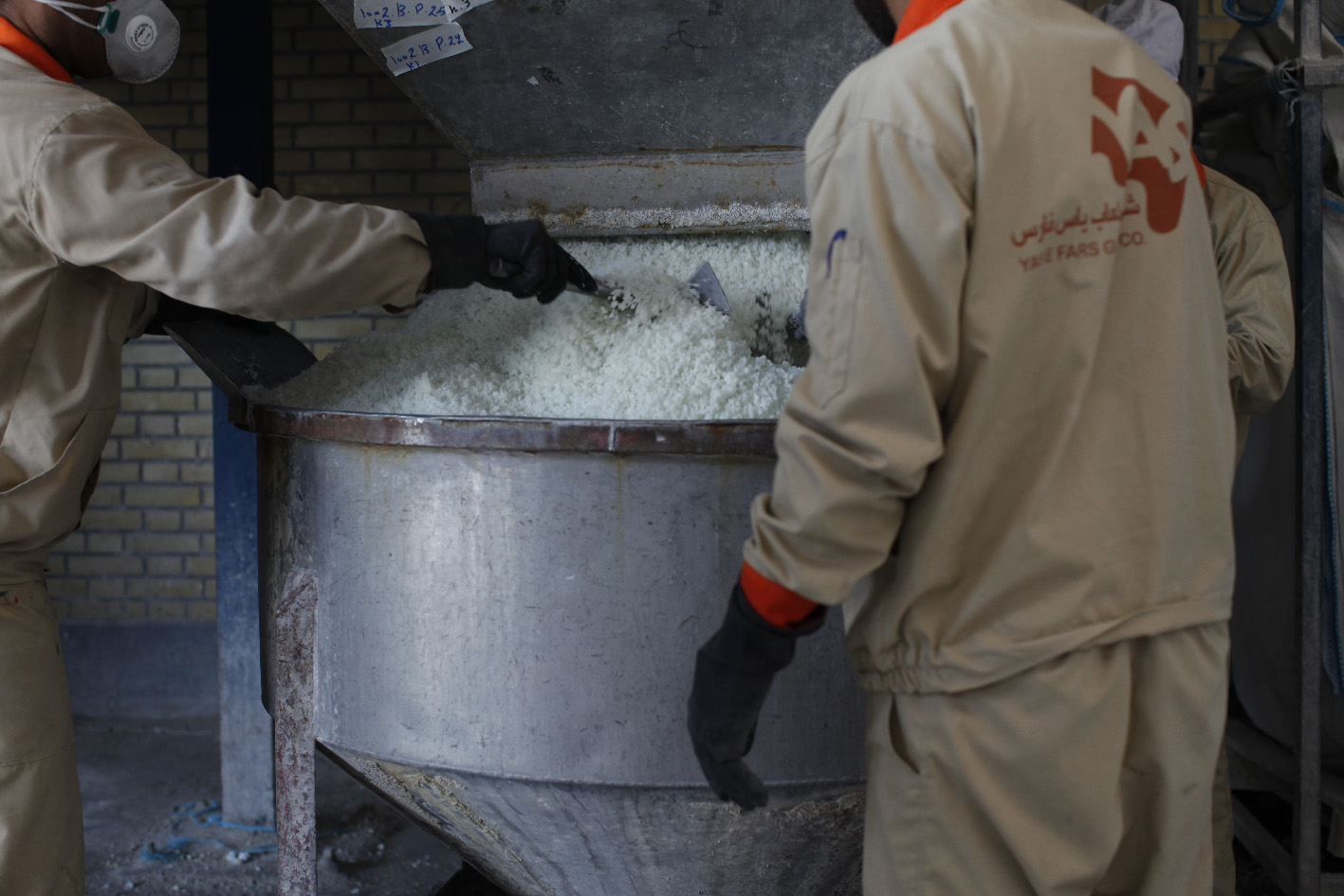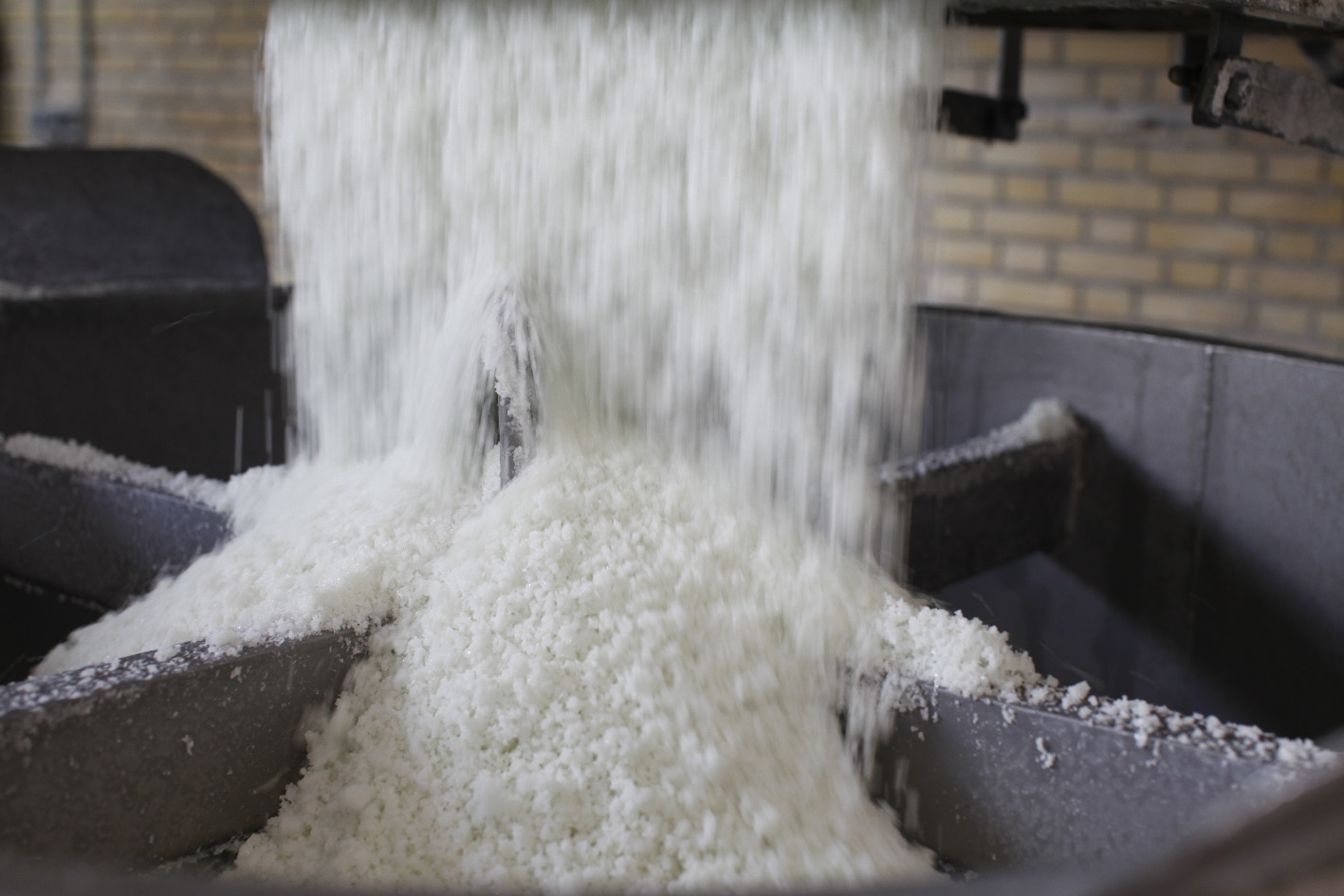Monoporosa glaze
Definition of Monoporosa glaze and composition of the ingredients
PRODUCT DESCRIPTION
What is Monoporosa glaze?
Monoporosa generally refers to glazed wall tiles that are single-fired and are used to distinguish the process from double firing.
What is the composition of the ingredients of Monoporosa glaze?
Monoporosa glaze contains ferrites high in calcium and zinc oxides, giving them unique properties. Because of this combination, this glaze is baked and melted in ovens that are hotter than normal ovens. Removing carbon dioxide from the tile body during the glaze firing process may necessitate raising the kiln temperature to 950°C. Of course, the maximum temperature is determined by the thermal gradient and body thickness, as sufficient temperature must reach the center of the body to remove carbon dioxide. Glossy Monoporosa glazes should remain porous and permeable even at temperatures above 1000 °C to allow gas to escape from the tile body and avoid bubble formation.
The proportion of calcium and zinc oxides should be increased to about 10% for the glossy Monoporosa glaze. Wollastonite and willemite, two new crystals that form as these materials heat up, hold the glazes in place and postpone the firing process so that gases can pass through. It is possible to observe the formation of a liquid glass phase, which further dissolves the crystals to create a solid glass glaze if the temperature rises above approximately 1050°C for a typical Monoporosa glaze. In roller kilns, the temperature drop is very rapid; the tiles go from approximately 1100°C to approximately 600°C in a matter of minutes. As a result, no fresh calcium and zinc compound crystals can grow and damage the glossy surface. As a result, ferrites consistent within the Monoporosa tile body's firing range are produced.

